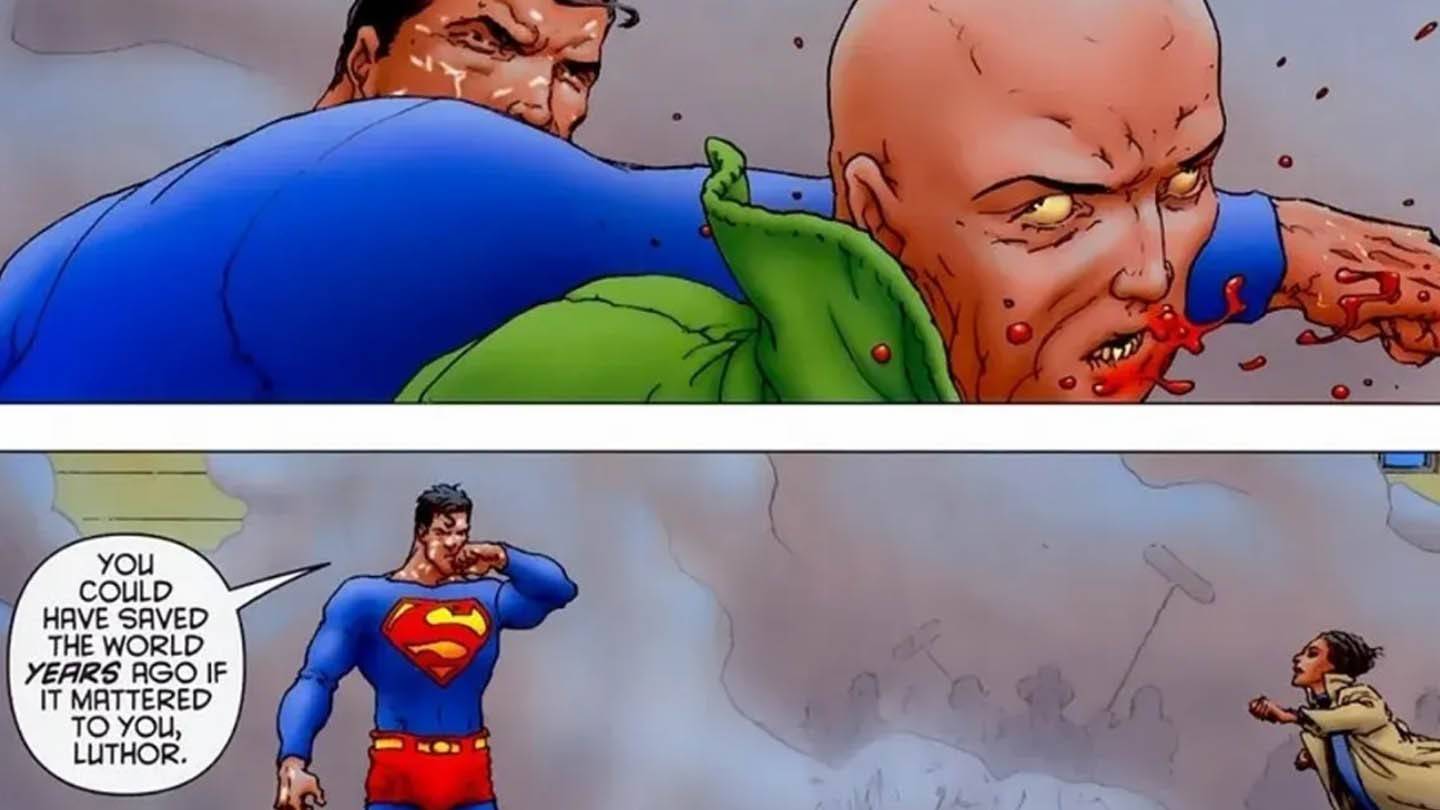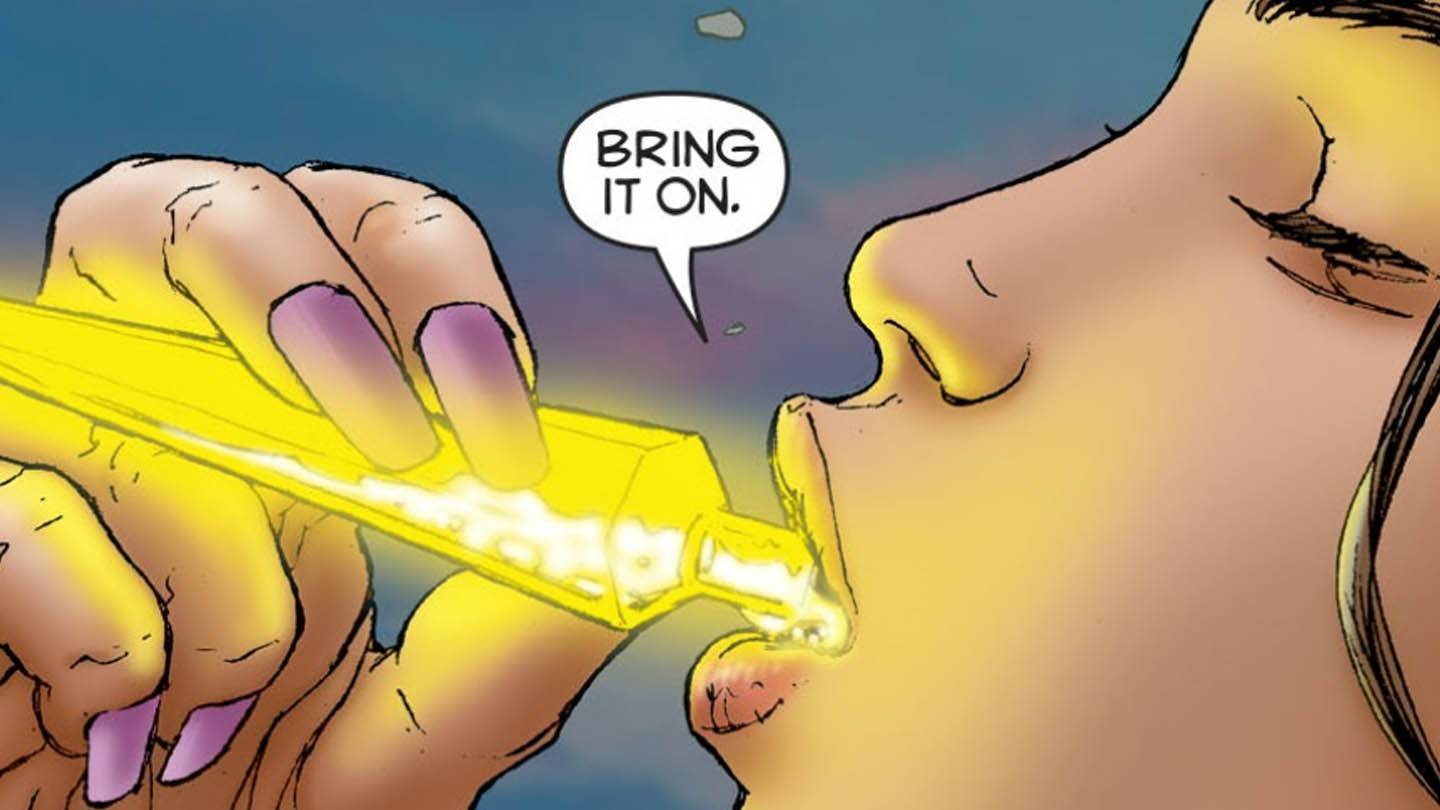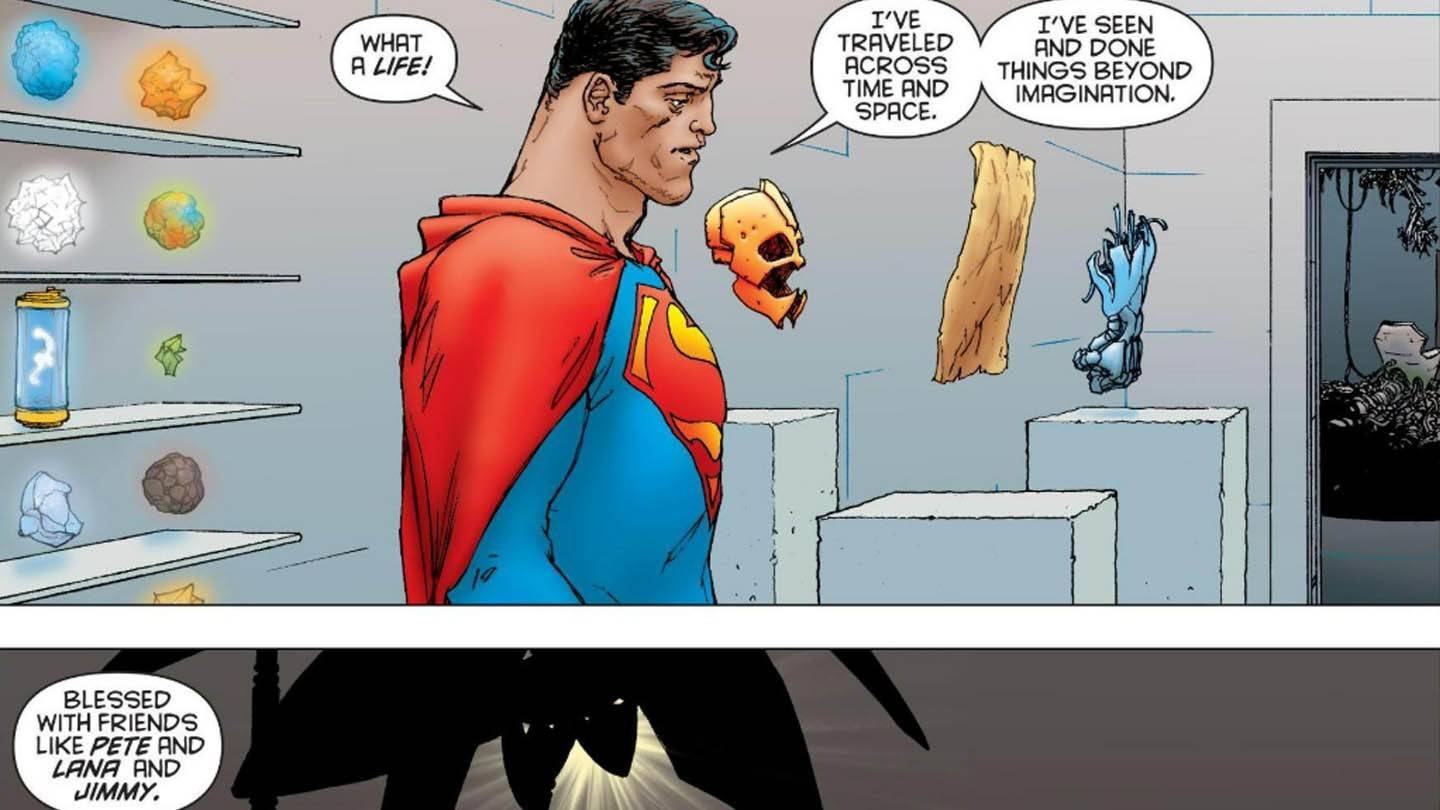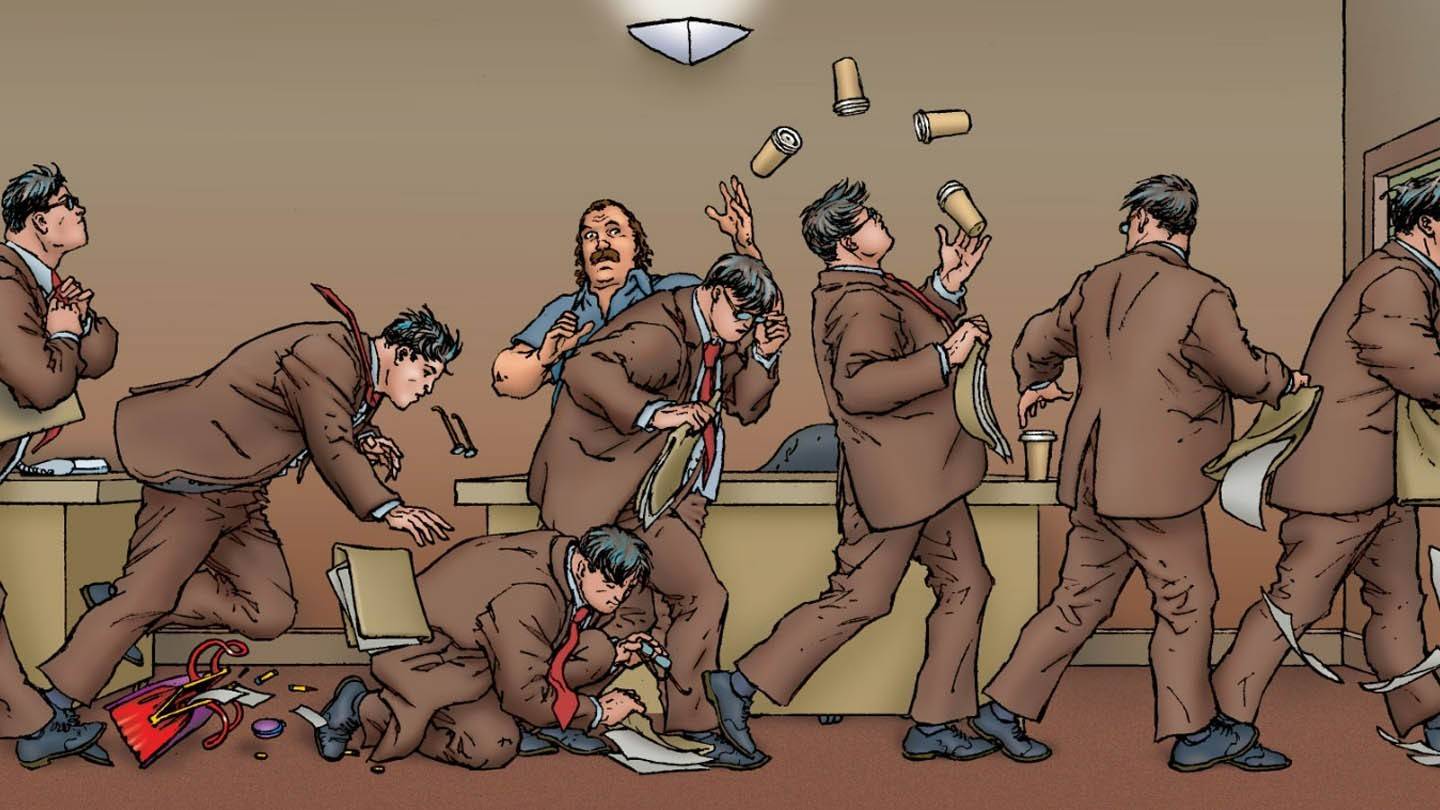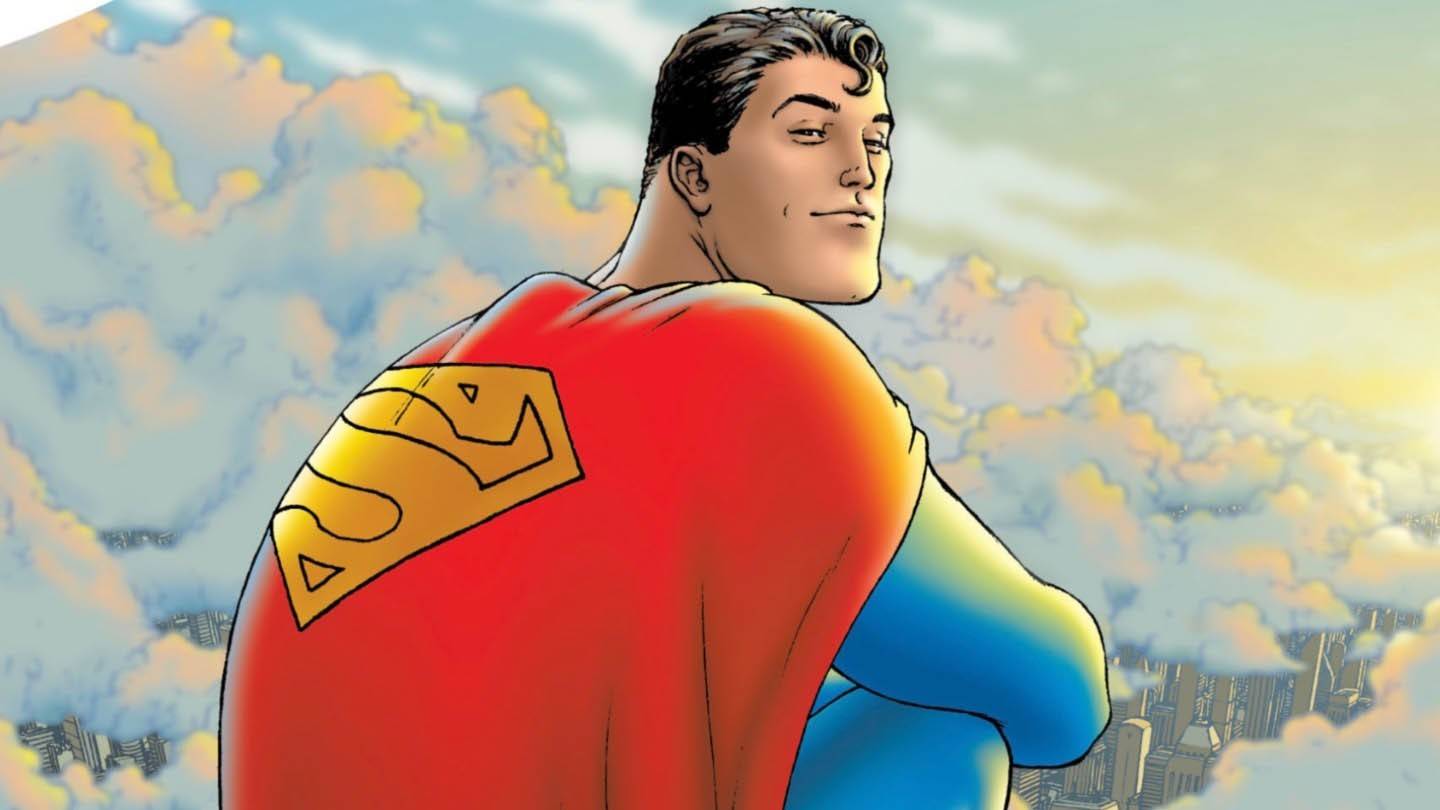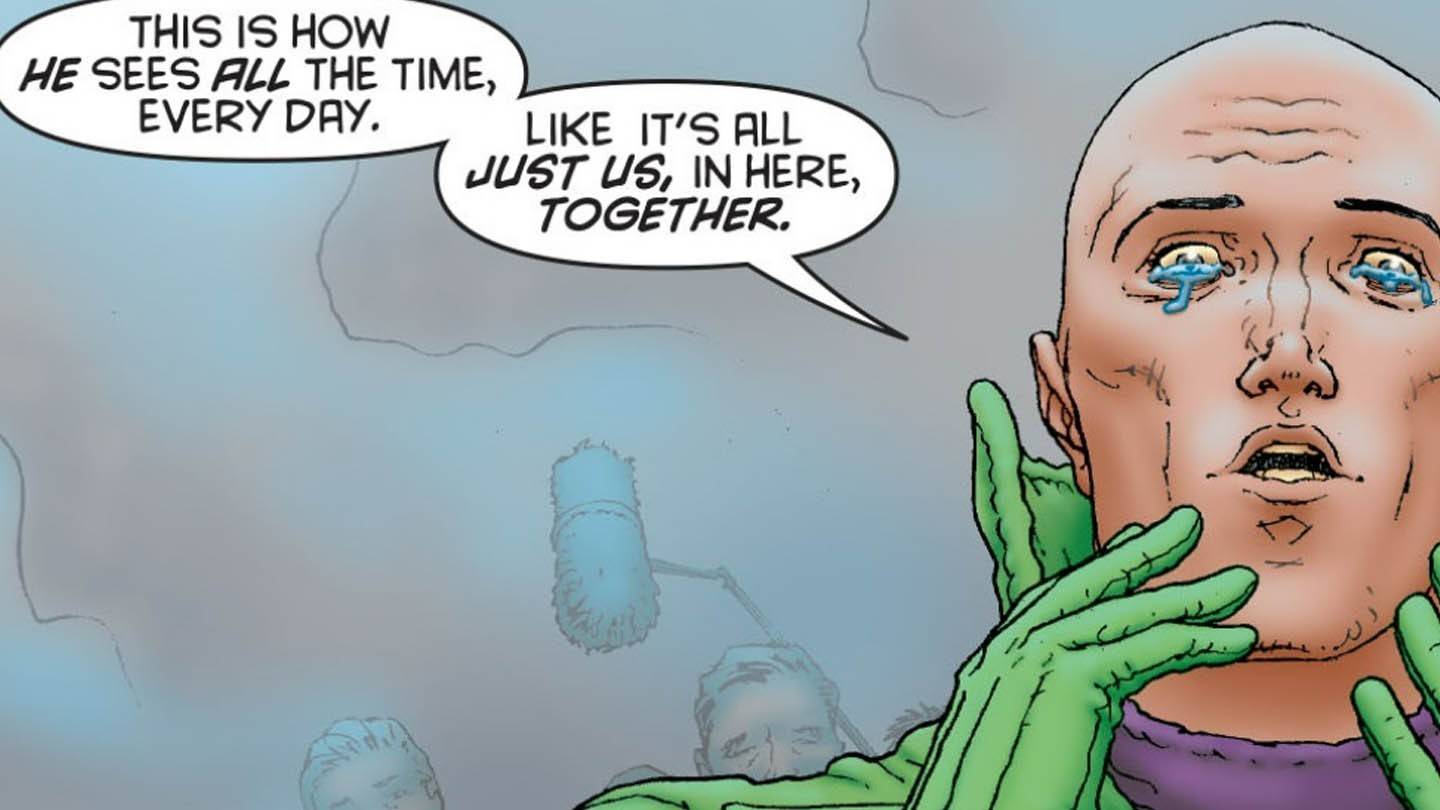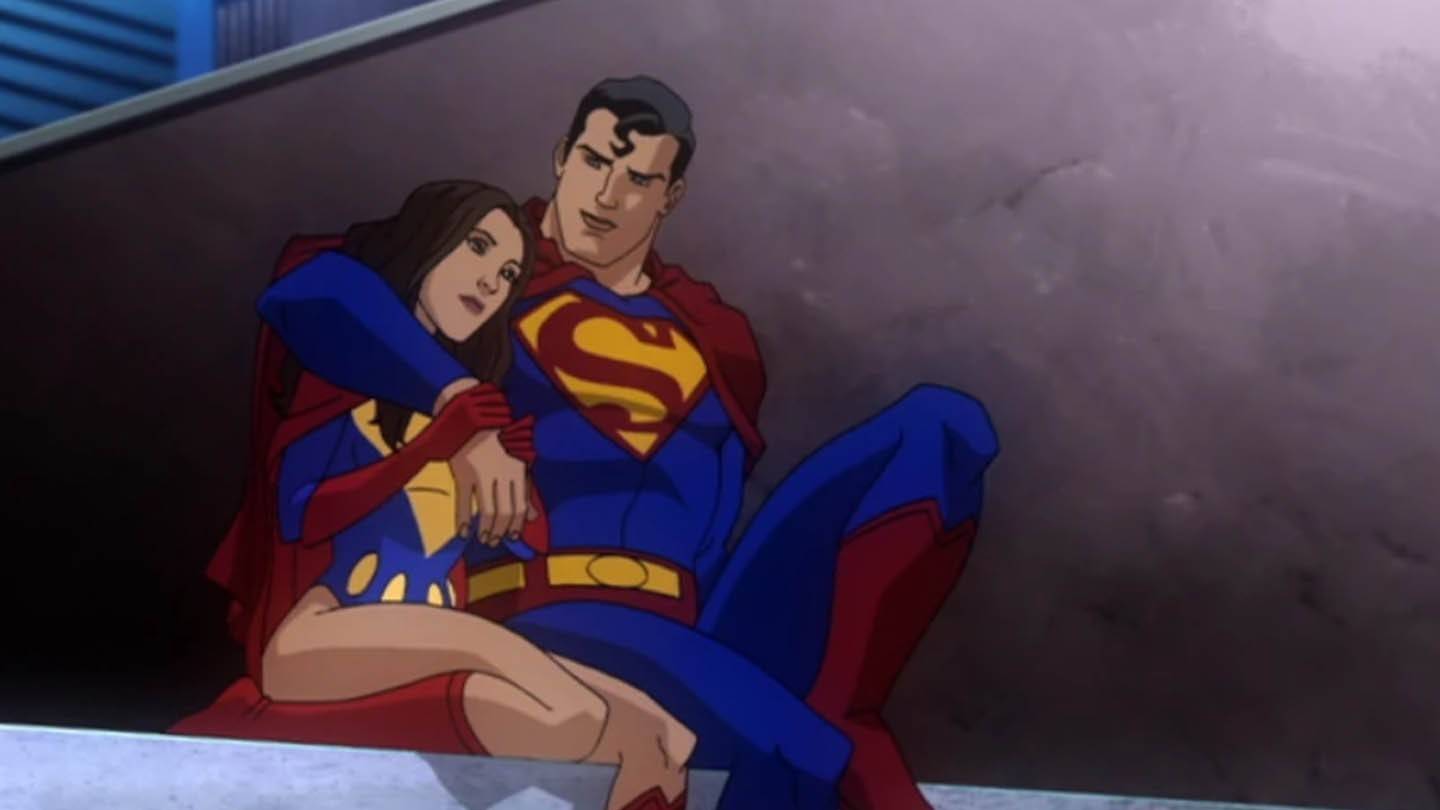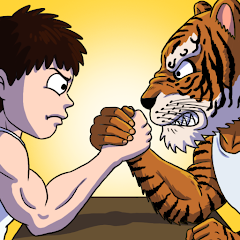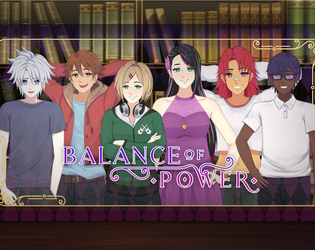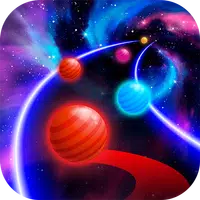James Gunn's Superman: A Deep Dive into the All-Star Inspiration
The world is buzzing with anticipation for James Gunn's upcoming Superman film, starring David Corensworth, set to hit theaters July 11, 2025. Gunn, serving as both writer and director, drew significant inspiration from Grant Morrison's acclaimed 12-issue miniseries, All-Star Superman. This article explores why All-Star Superman serves as such a potent source material and what we can expect from a film adaptation based on its unique narrative.
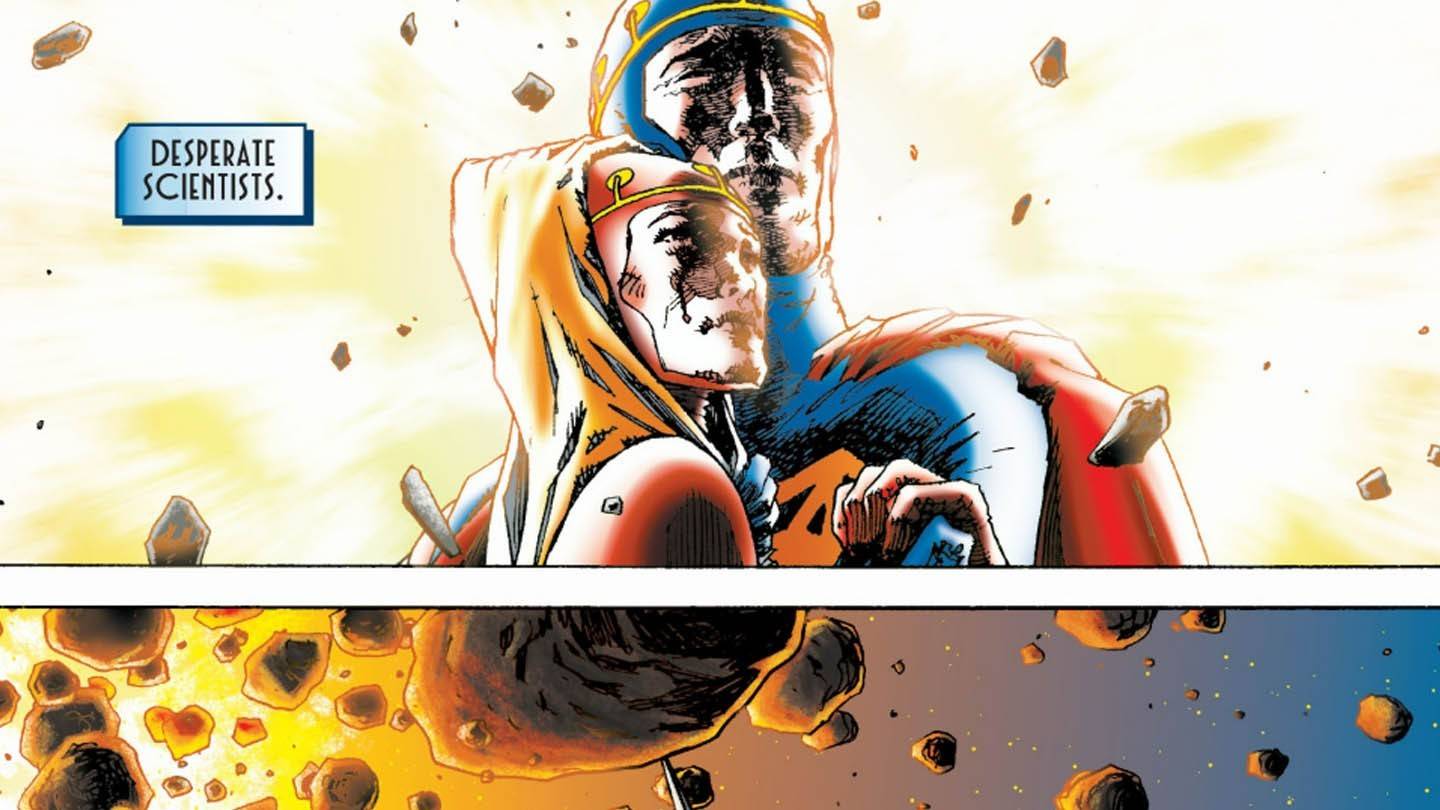
A Masterclass in Storytelling: Grant Morrison's Minimalism
All-Star Superman stands out for its masterful storytelling economy. Morrison manages to encapsulate the essence of Superman's mythos within a surprisingly small number of pages. The very first page, with its eight words and four illustrations, effectively summarizes Superman's origin story – a testament to Morrison's concise and impactful writing style. This contrasts sharply with the often more sprawling narratives of other Superman adaptations, highlighting Morrison's skill in conveying complex themes with remarkable brevity. The confrontation between Superman and Lex Luthor, for example, is distilled into a few powerful panels, capturing the decades-long conflict with poignant efficiency. Morrison's selective use of dialogue, particularly his celebrated "haiku about unified field theory," further underscores this minimalist approach.
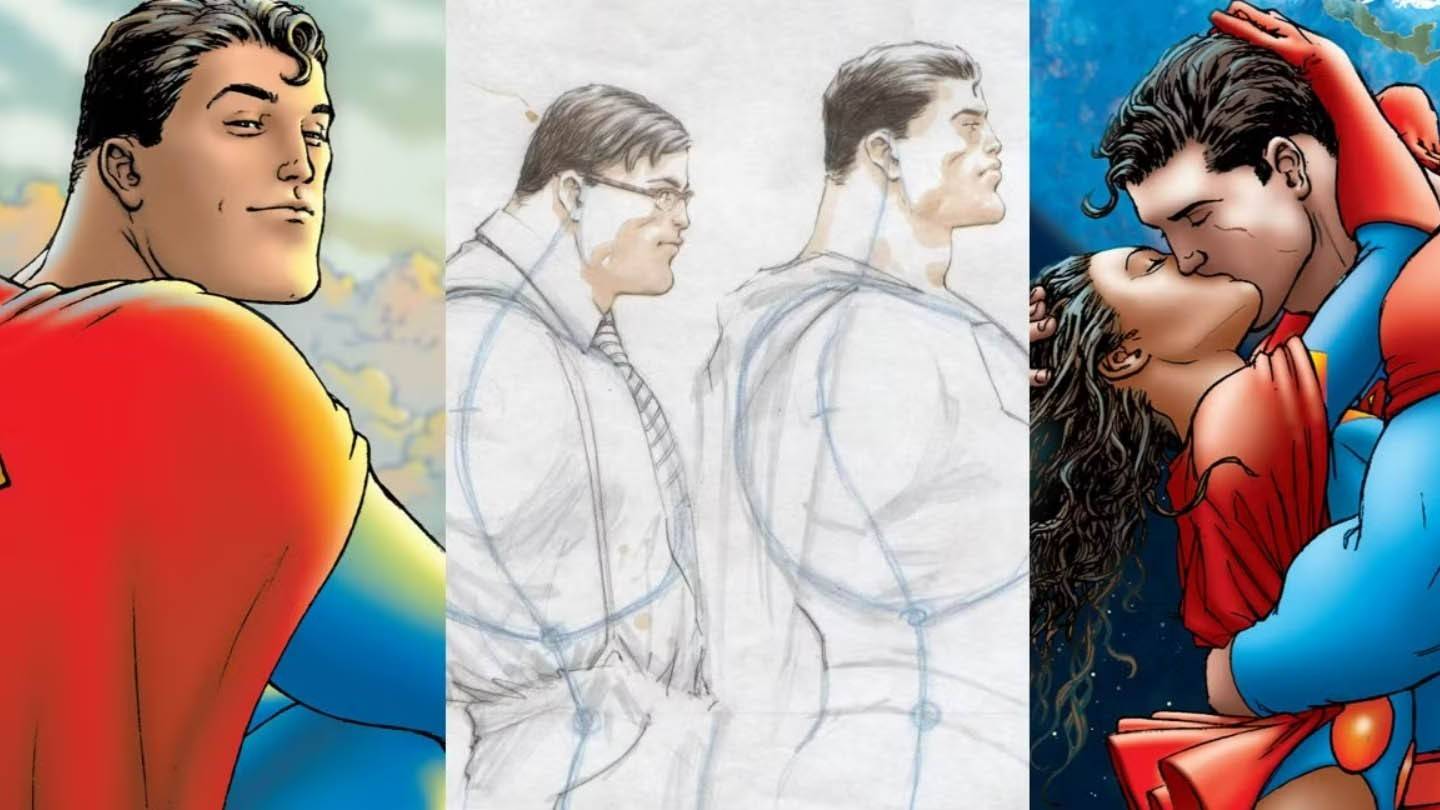
Reinterpreting the Silver Age:
All-Star Superman doesn't shy away from the legacy of the Silver Age of comics. Instead, it cleverly recontextualizes it, acknowledging the sometimes-absurd elements while celebrating the spirit of boundless optimism and unwavering heroism that defined that era. Morrison uses this as a springboard to explore themes of legacy and the enduring power of hope, demonstrating how even the seemingly outlandish narratives of the past can inform and enrich contemporary storytelling. The comic acts as a bridge between the past and present, translating the Silver Age’s sensibilities into a language that resonates with modern audiences.
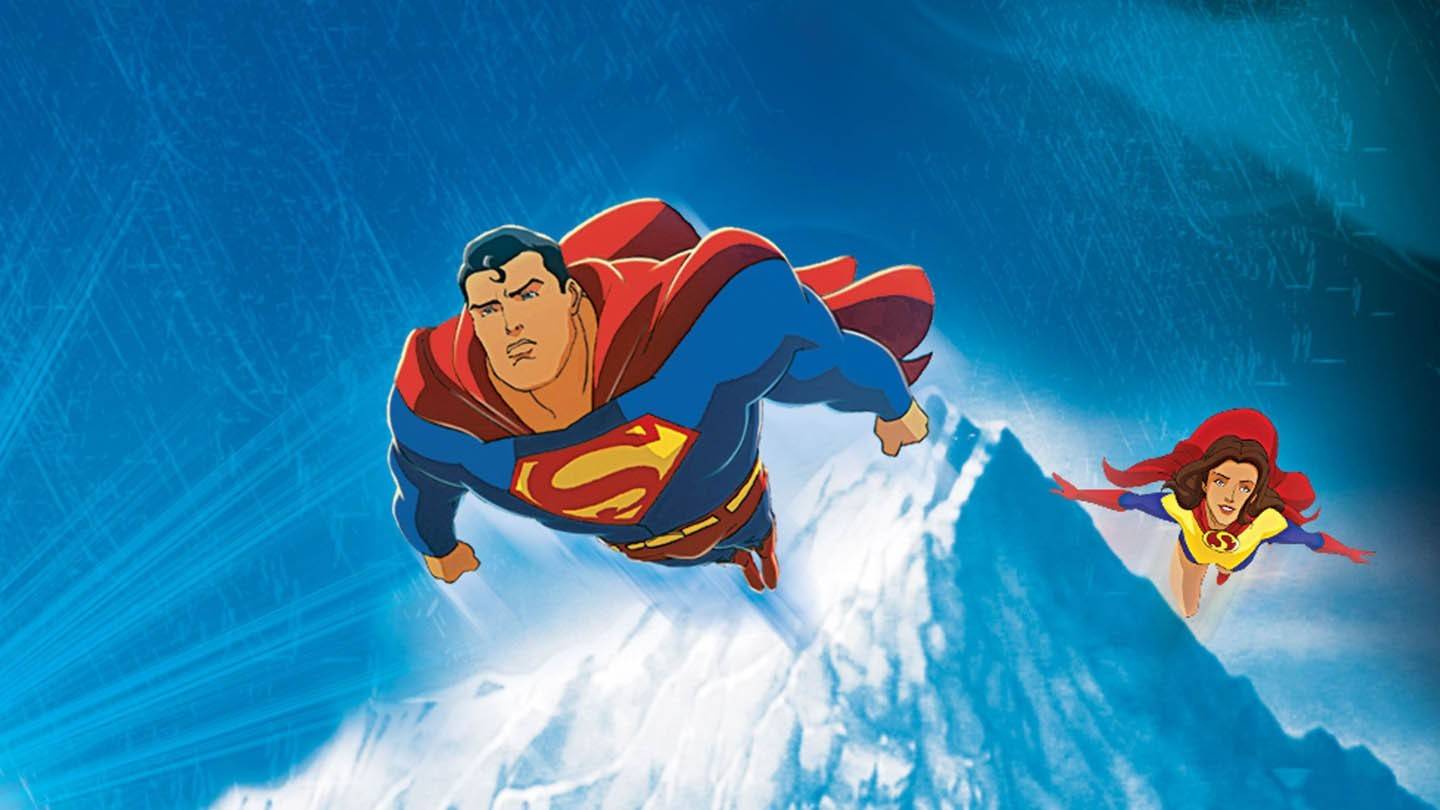
Beyond the Fights: A Story About People:
Unlike many superhero narratives that rely heavily on physical confrontations, All-Star Superman focuses on the human relationships surrounding Superman. The story delves into Superman's connections with Lois Lane, Jimmy Olsen, Lex Luthor, and his parents, showcasing his impact on their lives and theirs on him. This approach underscores the core of Superman's heroism: his unwavering commitment to humanity and the profound impact he has on the lives of ordinary people. The narrative emphasizes the emotional depth of these relationships, making the story relatable and deeply moving.
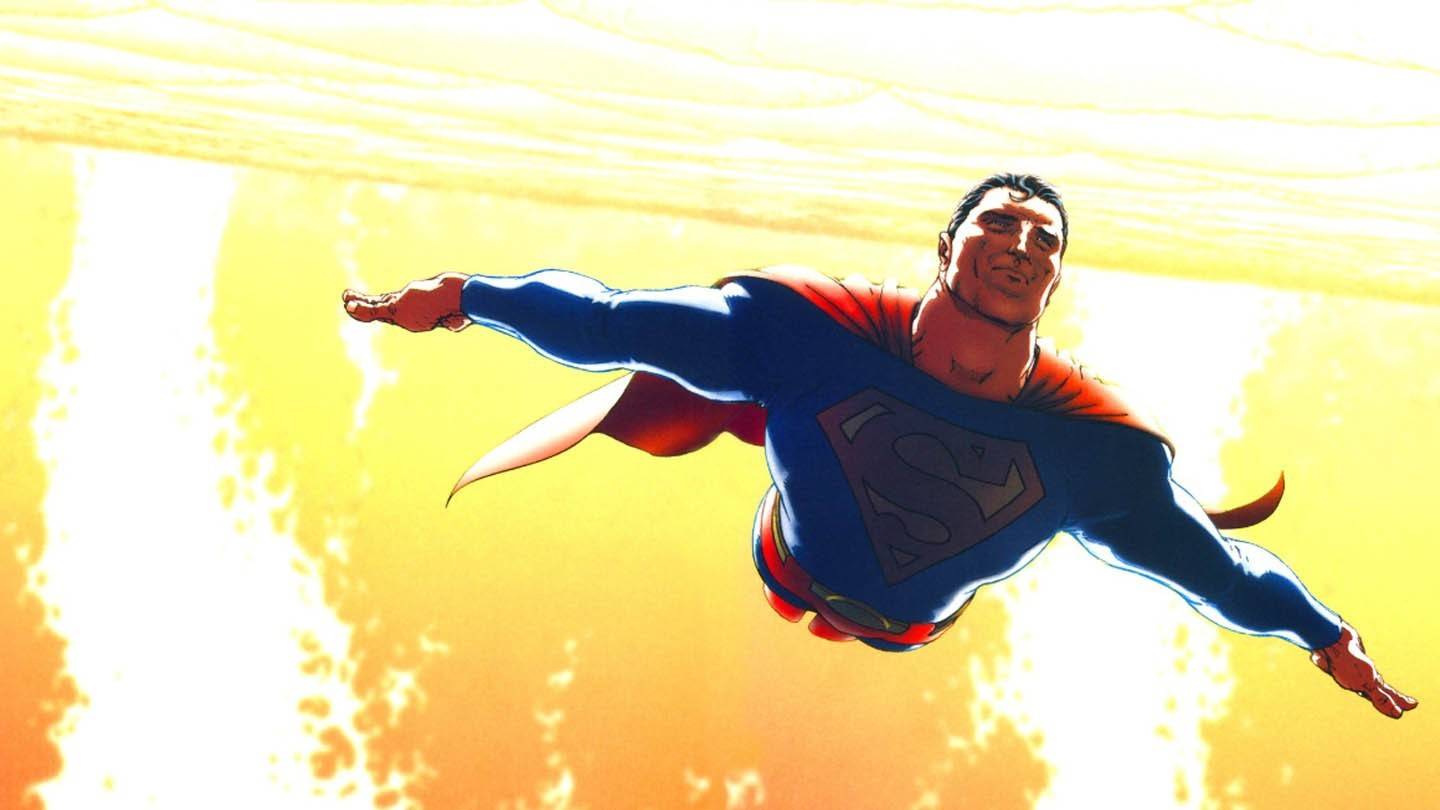
Time, Legacy, and the Reader's Role:
All-Star Superman masterfully explores the interplay between past, present, and future. The narrative subtly examines how the past shapes the future and vice versa, highlighting the importance of learning from past experiences. Furthermore, the comic blurs the lines between the narrative and the reader, engaging the audience in a unique and interactive way. The story's structure, particularly the twelve "feats" Superman undertakes, encourages active participation, transforming the reader into an integral part of the storytelling experience. This metafictional element adds another layer of complexity and depth to the narrative.
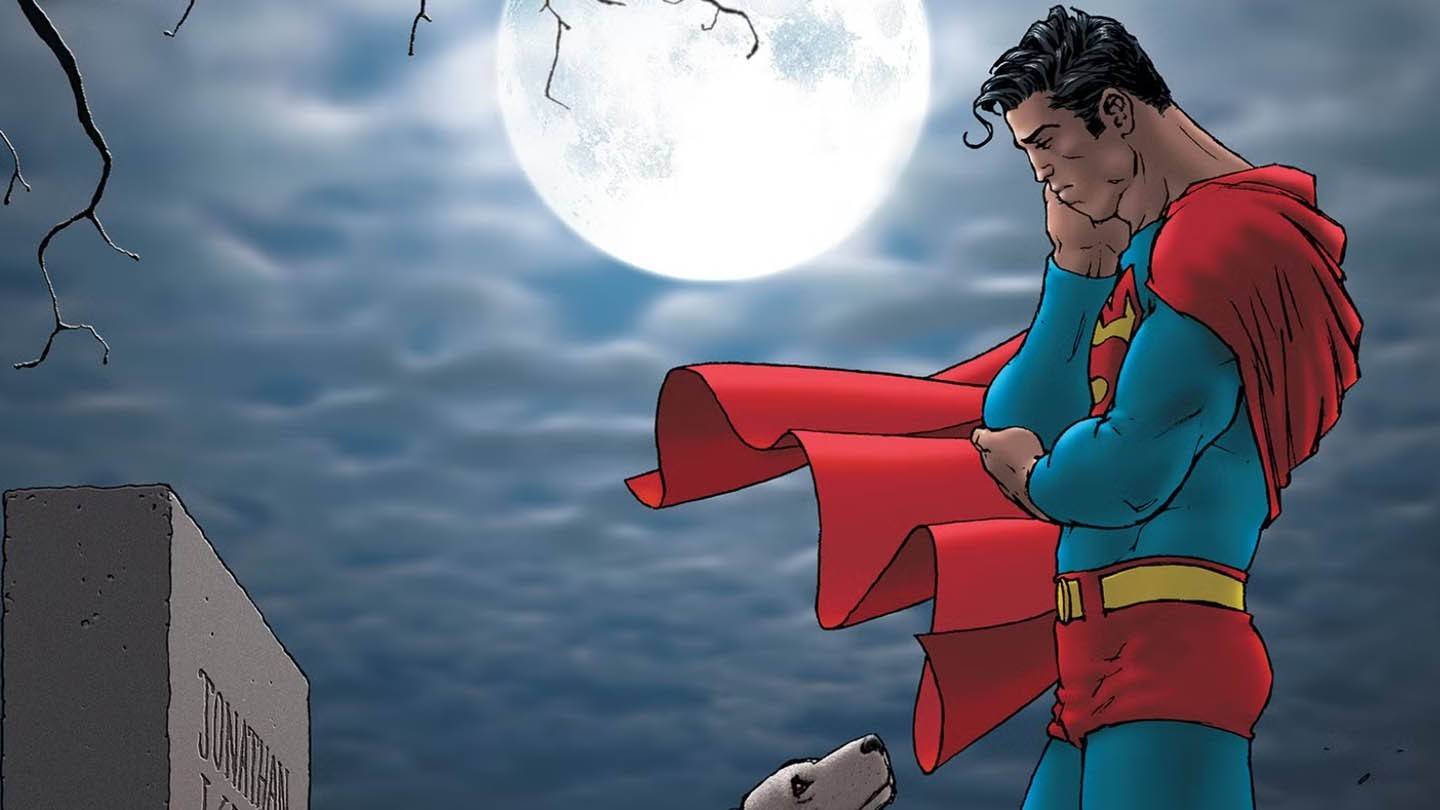
Boundless Optimism and Canon Formation:
The comic is infused with a sense of boundless optimism, reflecting Superman's unwavering belief in humanity's potential. Morrison uses this optimism as a lens through which to examine the very concept of canon formation in superhero comics. The twelve feats, presented as a framework for the narrative, become a mirror reflecting the reader's own interpretation and construction of Superman's story. This meta-narrative element adds a layer of intellectual stimulation to the already emotionally resonant story.
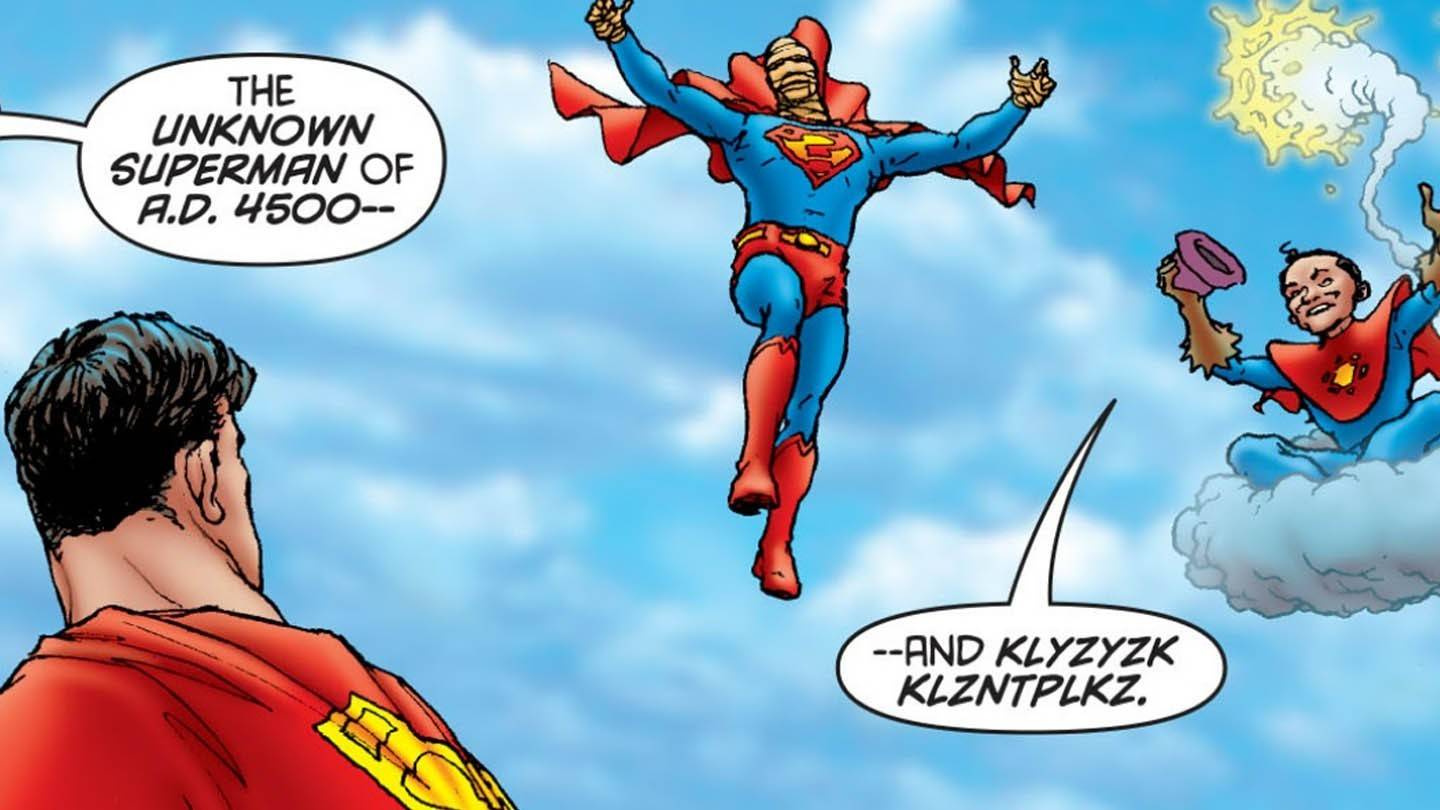
Conclusion:
All-Star Superman offers a unique and compelling interpretation of the iconic character, focusing on human connection, legacy, and the enduring power of hope. Its minimalist storytelling, insightful exploration of the Silver Age, and innovative approach to narrative structure make it a rich and rewarding source material for a film adaptation. Gunn's decision to draw inspiration from this masterpiece promises a bold and potentially groundbreaking take on the Superman mythos.
